Guest blogger bio: Rachel Blakely-Gray is a content writer at Patriot Software, LLC. Patriot Software offers affordable accounting and payroll software for small business owners. At Patriot, Rachel enjoys providing actionable, growth-oriented content.

Getting tripped up by payroll errors is frustrating. Although mistakes happen, significant payroll errors can be expensive and time consuming. Payroll mistakes might result in employment law violations, penalties, back wages, and back taxes.
When you’re running a small business, you don’t have the time or money to let simple errors slow you down. Understand common payroll errors so you can take the necessary steps to avoid making them.
4 Steps to Avoiding Costly Payroll Errors
There are many payroll mistakes small business owners can make that aren’t in this article. But here are four steps to avoid some of the most common and potentially devastating payroll errors employers make:
1. Withhold and pay taxes
Before giving employees their wages, you must withhold, file, and remit employment taxes. If you don’t withhold taxes from your employees’ wages, you could face hefty penalties.
So, what taxes do you need to withhold? You must withhold federal income tax as well as state and local income taxes, if applicable. And, you need to withhold FICA tax, which is a tax consisting of Social Security and Medicare taxes.
An employee’s withholding allowances, pay rate, pay frequency, and filing status determine the amount you withhold for federal income tax. You must use the information reported on each employee’s Form W-4 in conjunction with the IRS’s income tax withholding tables to determine the employee’s federal income tax withholding.
FICA tax is a flat rate of 7.65%, with 6.2% going toward Social Security tax and 1.45% going toward Medicare tax. Keep in mind that there is a Social Security wage base and an additional Medicare tax that influence how much you withhold after the employee earns a certain amount.
As an employer, you must also pay taxes on employee wages. Pay a matching FICA tax amount. And, pay federal and state unemployment taxes.
After withholding employment taxes, report amounts to the IRS. And, deposit the taxes according to your depositing schedule.
2. Classify workers correctly
Worker classification is essential when trying to avoid payroll mistakes. Misclassifying a worker can lead to significant problems. You may have to pay back taxes, back wages, or other penalties.
There are a few ways you can misclassify workers in your small business. You can misclassify an employee as an independent contractor. Or, you can misclassify a nonexempt employee as exempt. What do these misclassifications mean?
You must determine if a worker is an employee or an independent contractor. When you have independent contractors, you do not withhold taxes from their wages or pay taxes on their wages. Some employers purposely misclassify employees as independent contractors to get out of payroll responsibilities and paying taxes.
Once you have determined that a worker is an employee, you must figure out whether they are exempt or nonexempt. An employee is exempt if they earn a salary, earn at least $23,660 per year, and have high-level responsibilities. You must pay overtime wages to nonexempt employees.
3. Follow FLSA rules
Having employees subjects you to the Fair Labor Standards Act (FLSA). The FLSA is a set of federal regulations that protects employee rights.
The FLSA establishes the federal minimum wage, overtime laws, child labor laws, recordkeeping responsibilities, and hours worked rules. Failing to follow FLSA regulations can result in hefty penalties.
To comply with the FLSA, pay employees at least the federal minimum wage. If your state or locality sets a higher minimum wage, you must follow it.
You must pay overtime wages to nonexempt employees. When employees work over 40 hours in a workweek, pay them the overtime rate of one and a half times their regular rate for each additional hour. Be sure to check with your state, as it might set stricter overtime laws.
Understand child labor laws. Do not hire minors to work hazardous jobs. And if you do hire minors, there might be restrictions surrounding the types of responsibilities they can have.
You are required to hang onto payroll records for at least three years.
Lastly, understand hours worked laws. Follow the FLSA hours worked rules to determine when employees are working, so you can pay them their rightful wages.
4. Use automation
Many payroll errors stem from doing payroll by hand. Mistakes like miscalculating wages and withholding the wrong amount for taxes happen when you use an inefficient payroll system. Not to mention, having an unreliable payroll process can be time-consuming.
Use payroll software to accurately calculate payroll taxes, store payroll records, and pay employees.
An online payroll software provider lets you run payroll from anywhere with an internet connection. Additionally, an online payroll software automatically updates when tax rates change.
With payroll software, you can run payroll in a matter of minutes. Plus, many software providers guarantee accurate calculations. Consider using payroll software to streamline and simplify payroll.








 Facebook
Facebook Twitter
Twitter LinkedIn
LinkedIn Youtube
Youtube Glassdoor
Glassdoor